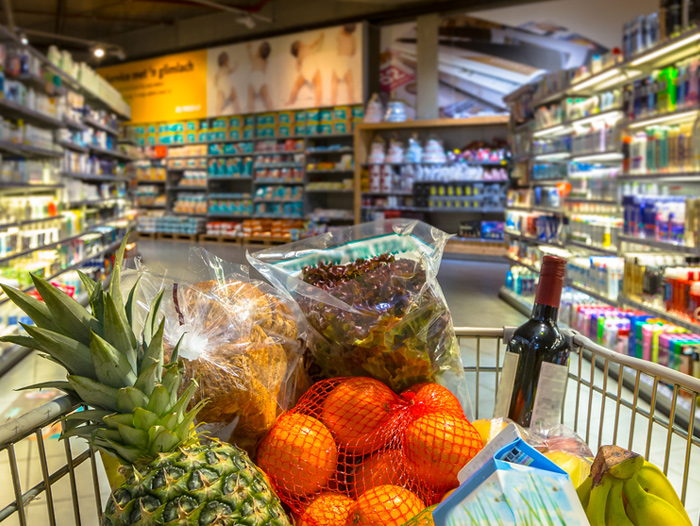How Americans Will Shop: What Products Do Consumers Care About When Buying Local?
May 1, 2019 | 1 min to read

While we used to associate reading with the library and famous novelists, it’s quickly become a big part of the shopping experience. That’s because as consumers seek out products that align with their personal beliefs, inspecting labels and assessing product attributes is on the rise. And as a result, manufacturers and retailers are amplifying the attributes of their offerings by touting their key attributes.
As a result, tags boasting “locally made,” images of farmers in their orchards from “upstate,” and QR codes inviting consumers to learn more about the farm their chosen steak is from are just a few ways manufacturers and retailers are appealing to budding consumer interests. And in a recent Nielsen study, buying local had the highest awareness among U.S. consumers, topping the charts at 46%.
Tracking a product’s origin is a difficult task because it’s frequently only marketed on the shelf at the retailer. That’s because something denoted as local will only be relevant for consumers in a specific geographic region. That said, however, we currently track $239 million of consumer packaged goods (CPG) sales that call out local on pack. But what does local really mean? The term “local” has no official definition, which leads to an array of interpretations among retailers, manufacturers and consumers.
To read the rest of the story, please go to: The Nielsen Company
